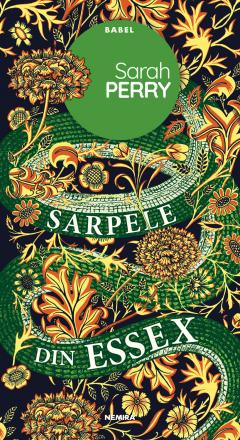Cartea anului 2016 la Waterstones
Cartea anului 2017 la British Book Awards
Roman nominalizat la Premiul Costa 2016 si la Baileys Women's Prize for Fiction in 2017
Dupa moartea sotului ei, Cora Seaborne incepe o viata noua in Colchester, un satuc englez, in care se zvoneste ca miticul Sarpe din Essex, care odinioara statea in tinutul mlastinos, s-ar fi intors in parohia Aldwinter.
Amatoare de stiinte ale naturii, Cora este convinsa ca ceea ce localnicii iau drept o creatura magica poate fi un exemplar dintr-o specie nedescoperita. William Ransome, vicarul parohiei locale, pe de alta parte, considera ca zvonurile sunt doar rodul lipsei de credinta adevarata.
O legatura stransa se creeza intre Cora si Will in ciuda diferentelor dintre ei, pe masura ce amandoi incearca sa desluseasca misterul Sarpelui din Essex.
Poveste spusa cu multa gratie si inteligenta, Sarpele din Essex este inainte de toate o carte despre dragoste si multele forme pe care ea le poate lua.
„Daca Charles Dickens si Bram Stoker ar fi scris impreuna un mare roman victorian, oare el ar fi fost mai bun decat Sarpele din Essex?“
The Guardian

